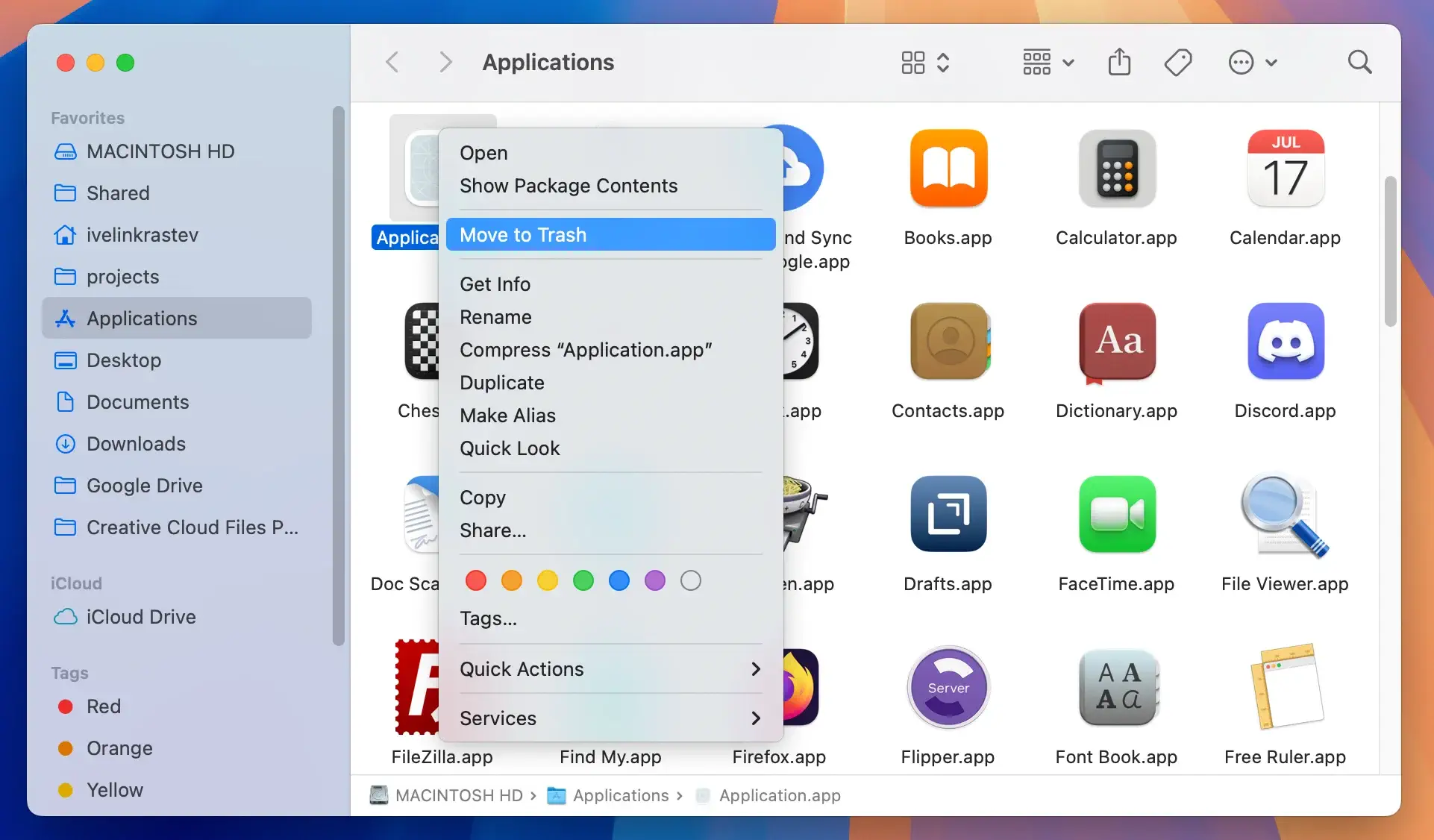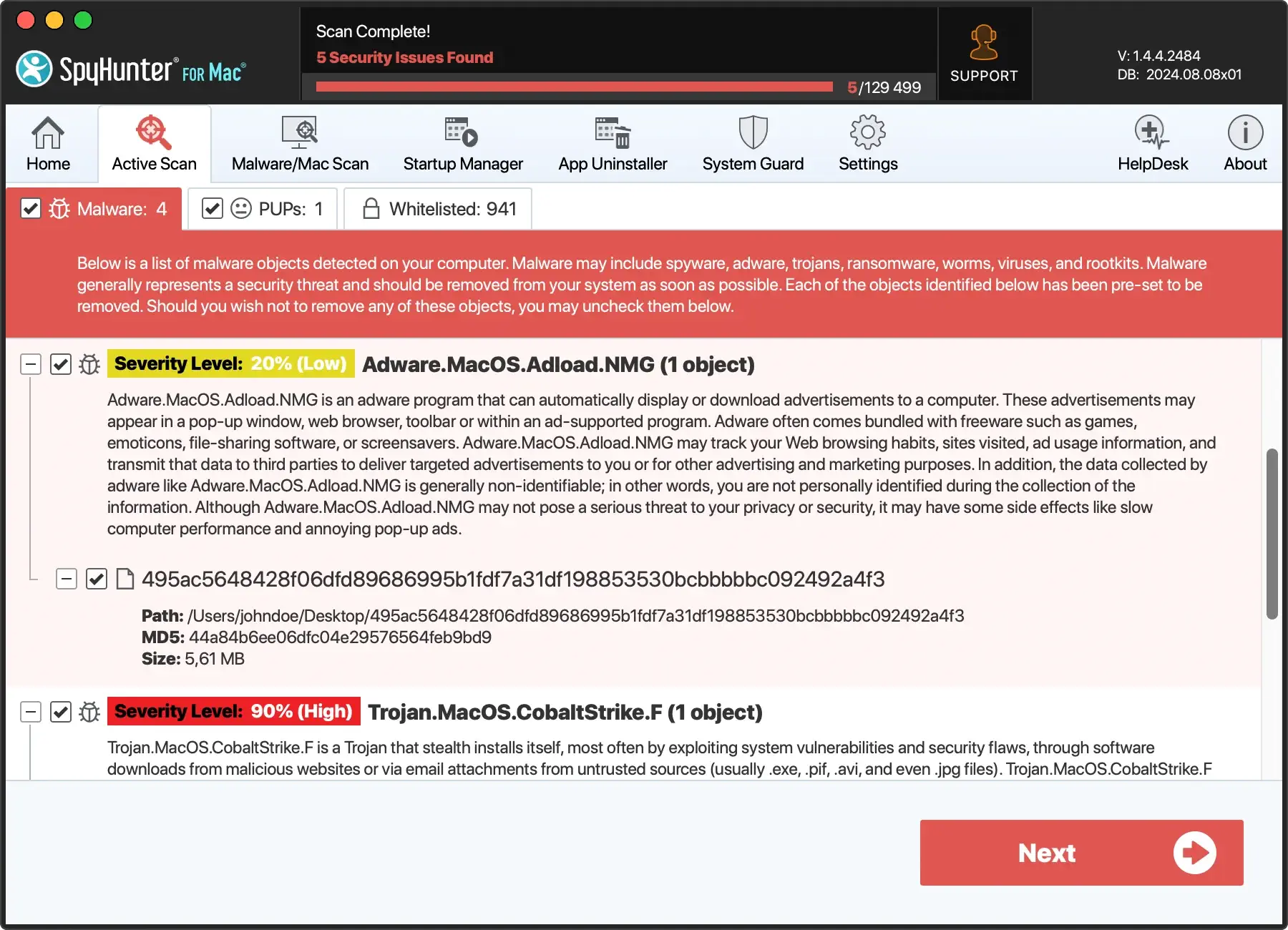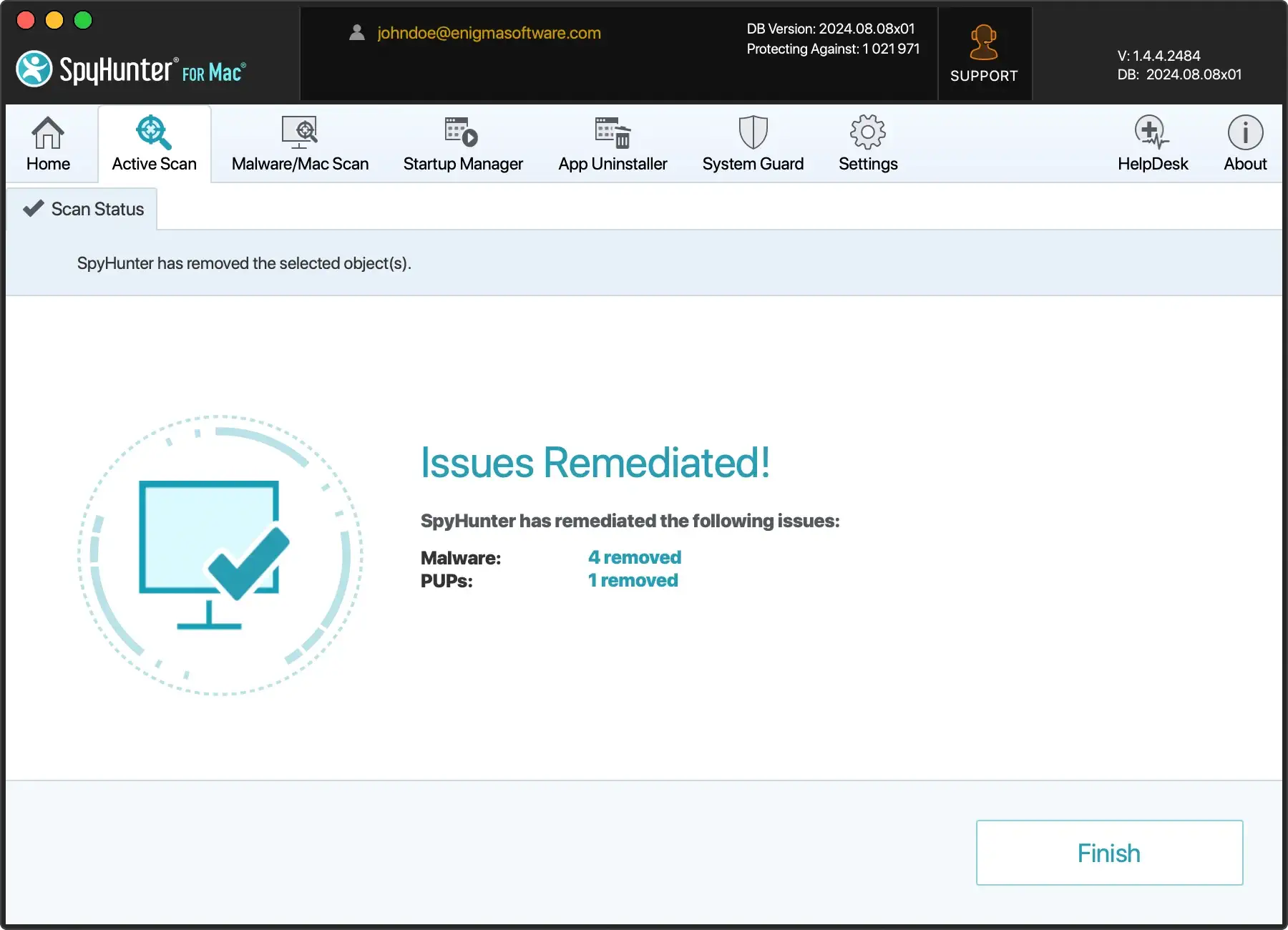Remove Cologne.app Adware (Mac Cleanup Guide)
Before we dive in
Before we dive in, let's make sure you stay safe online. We created SpyHunter because your security matters to us.
Protect your computer today — download SpyHunter right here! Check out our top tips below to keep your computer safe and secure.

Ever found your Mac acting up, displaying endless ads that you never asked for?
You might be dealing with Cologne.app adware, a sneaky program that not only bombards you with unwanted advertisements but also meddles with your browser settings.
This article will guide you on how to kick Cologne.app to the curb and get your Mac running smoothly again.
What exactly is Cologne.app adware?
Cologne.app is classified as adware, a type of malware designed specifically to display advertisements on your Mac.
It infiltrates systems disguised as legitimate software, spreading through bundling with other downloads or through deceptive pop-ups on websites.
Once installed, it bombards the user with a stream of unwanted ads, including pop-ups, banners, and video ads, that disrupt the user’s experience and can lead to malicious websites.
This software not only displays ads but also changes browser settings without permission. It can alter your homepage and search engine, redirecting your searches to generate advertising revenue.
Such actions compromise the overall browsing experience and can lead to further security issues, such as additional malware infections.
Key risks of Cologne.app adware
Cologne.app is a malicious program that impacts your browsing experience and compromises your privacy. Below is a breakdown of its primary characteristics and risks:
- Intrusive Advertisements
- Ad Types: Cologne.app bombards users with a variety of ads, including banners, text links, pop-ups, and autoplay videos.
- Revenue Generation: These ads are designed to generate pay-per-click income for its developers.
- Promoted Content: Advertisements often link to dubious or unsafe products and services, increasing the risk of scams or malware infections.
- Browser Hijacking
- Search Engine Changes: Cologne.app typically replaces your default search engine and homepage with its own, redirecting searches through its channels.
- User Tracking: By rerouting traffic, it collects data on your search queries and browsing habits, raising serious privacy concerns.
- Spontaneous Tab Openings
- Fake Alerts and Ads: The adware can open new browser tabs without your consent, displaying fake alerts or more advertisements.
- Additional Risks: These tabs often attempt to trick users into downloading other harmful software.
How did Cologne.app get installed on your Mac?
Cologne.app often finds its way onto Mac computers through cunning deployment strategies that capitalize on user oversight and deceptive packaging.
When users download software from less reputable sources like freeware sites, peer-to-peer sharing networks, or through promotional links in unsolicited emails, they may unsuspectingly acquire Cologne.app.
These download packages often bundle the desired application with additional, unwanted software such as adware.
Another notorious entry method involves misleading advertisements. Users might click on ads that promise beneficial software updates or essential system tools only to install adware.
Even official-looking websites can be dangerous if their ads are managed by rogue networks that distribute adware like Cologne.app.
Rushing through installation steps is a common mistake, causing users to miss the chance to opt out of additional software by skipping custom settings.
This hurried approach during the software installation process often results in undesired applications getting installed alongside the intended software.
How to remove Cologne.app from your Mac
Step 1: Identify and uninstall Cologne.app associated files
Start by locating any files associated with Cologne.app on your Mac. These can often be disguised as legitimate files or hidden in various system folders.
Use Finder to search for Cologne.app and any related files.
Check common locations like
/Applications//Library/~/Library/

Move all suspicious files to the trash and empty them once you’re done to ensure they’re permanently removed from your system.
Step 2: Eliminate malicious extensions from your browsers
Adware like Cologne.app often installs unwanted browser extensions. These can hijack your browsing experience by redirecting searches, displaying excessive ads, and slowing down your browser.
For Safari
Open Safari and navigate to Safari > Preferences > Extensions.
Look for any extensions that you don’t recognize or remember installing. Select these unwanted extensions and click “Uninstall.”
For Google Chrome
Launch Google Chrome and enter chrome://extensions/ in the address bar. Carefully review each extension. If you find any that were not installed by you or seem suspicious, click Remove to delete them.
For Firefox
Open Firefox and access the add-ons manager by typing about:addons in the URL field. Examine each installed add-on.
If any do not look familiar or are unrelated to your usual browser activities, choose Remove to get rid of them.
Step 3: Reset your browser settings to default
After removing malicious extensions, it’s a good practice to reset your browser settings. This step ensures that any changes made by the adware are undone, restoring your browser’s original settings and performance.
How to reset Safari
Open Safari, and click on Safari > Preferences > Privacy > Manage Website Data. Click “Remove All” to delete stored website data. Then go to Safari > Preferences > Advanced and check the box to “Show Develop menu.” Finally, click Develop > Empty Caches.
How to reset Chrome
In Chrome, type chrome://settings/reset in the address bar. Click on Restore settings to their original defaults and confirm by clicking Reset settings.
This action will clear temporary data and revert all settings changes without affecting your bookmarks and passwords.
How to reset Firefox
In Firefox, open the menu and navigate to Help > Troubleshooting Information.
Click on Refresh Firefox at the top right of the page. Confirm the action on the next screen to complete the reset.
Following these thorough steps should help you effectively remove Cologne.app from your Mac, securing your system against further threats.
Regularly update your system and stay vigilant about downloads to prevent future infections.
Step 4: Remove Cologne.app automatically with SpyHunter
SpyHunter is an effective solution for Mac users dealing with Cologne.app adware.
This advanced cybersecurity tool identifies and removes adware components hidden in system directories, areas commonly exploited by malicious software.
By thoroughly scanning your Mac, SpyHunter ensures no remnants of Cologne.app remain to cause further issues or re-infections.
Beyond removal, SpyHunter offers real-time protection to block adware like Cologne.app from infiltrating your system. To get started:
- Download SpyHunter from here.
- Open the downloaded file and follow the on-screen instructions to complete the installation.
- Launch SpyHunter and run a full system scan.
- Wait for the software to detect Cologne.app and its related components.

- Review the scan results.
- Follow SpyHunter’s prompts to remove Cologne.app and any associated files.
- Activate real-time scanning to prevent future infections.

SpyHunter not only removes existing threats like Cologne.app but also creates a secure environment that minimizes risks of future adware installations, ensuring your Mac stays clean and optimized.
How to prevent future adware attacks on your Mac
Protecting your Mac from future adware attacks involves a proactive approach to security.
Start by always updating your Mac’s operating system and all installed software to take advantage of the latest security patches.
Utilize a reliable adware removal tool such as SpyHunter, which can detect and remove any potential threats before they cause harm.
Moreover, restrict software installations to the App Store or directly from verified developers.
Another layer of protection is education. Learn to recognize suspicious links and pop-ups and refrain from downloading files or opening attachments from unknown sources.
To mitigate potential data loss due to malware infections, regularly back up important data using Time Machine or another backup solution.
By staying vigilant and following these practices, you can substantially reduce the risk of adware intrusions.